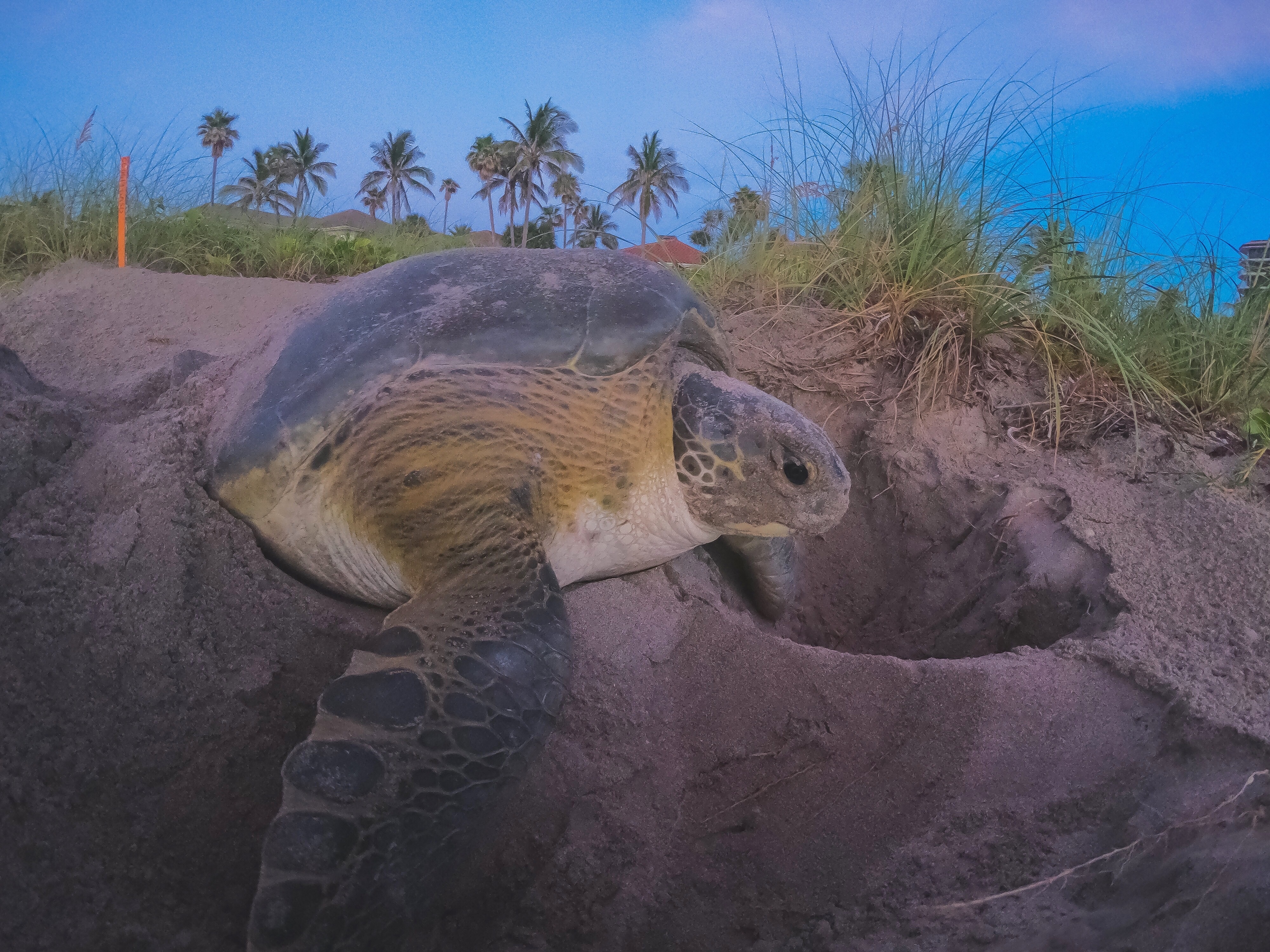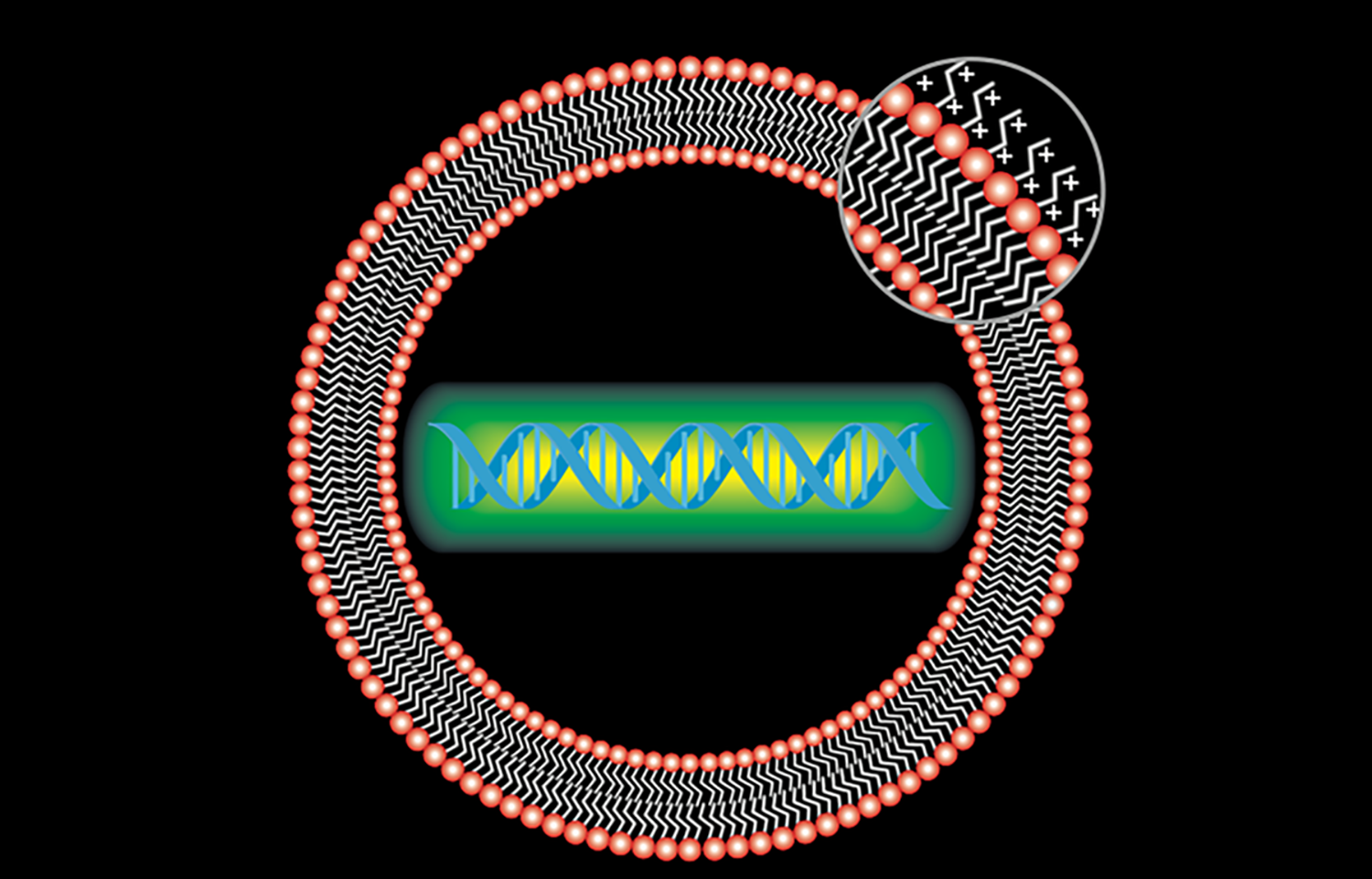Respiratory infections can be severe, even deadly, in some individuals, but not in others. Scientists at St. Jude Children’s Research Hospital, the Peter Doherty Institute for Infection and Immunity and other collaborators have gained new understanding of why this is the case by uncovering an early molecular driver that underpins fatal disease.
Tag: Viral Infections
Blood RNA Biomarkers Identify Bacterial and Biofilm Coinfections in COVID-19 Intensive Care Patients
Abstract Purpose: Secondary opportunistic coinfections are a significant contributor to morbidity and mortality in intensive care unit (ICU) patients, but can be difficult to identify. Presently, new blood RNA biomarkers were tested in ICU patients to diagnose viral, bacterial, and biofilm…
Study: Hillocks challenge our understanding of lung biology
A research team from Tufts University School of Medicine and Massachusetts General Hospital is now reporting evidence that hillocks and their stem cells are physiologically distinct from other cells within the lung and consist of a stratified outer layer of scale-like squamous cells that protect an underlying layer of rapidly expanding basal stem cells that are capable of restoring airway tissue after injury.
UT Southwestern scientists discover antiviral immune pathway
By focusing on a poxvirus protein, a team led by UT Southwestern Medical Center scientists has discovered an antiviral immune pathway that broadly fights a wide variety of viruses. Their findings, reported in Nature Microbiology, could eventually lead to new ways to prevent or treat viral infections or thwart autoimmune diseases.
Immune response, not acute viral infections, responsible for neurological damage, McMaster researchers discover
For years, there has been a long-held belief that acute viral infections like Zika or COVID-19 are directly responsible for neurological damage, but researchers from McMaster University have now discovered that it’s the immune system’s response that is behind it.

UV disinfection in the treatment management of SARS-CoV-2 Omicron variants
The global outbreak of severe acute respiratory syndrome coronavirus 2 (SARS-CoV-2) and its new variants has created a need for effective disinfection technologies to protect against harmful pathogens. While vaccines offer some protection, their effectiveness against future variants is uncertain. Therefore, additional strategies are important during the pre-vaccine stage.
Infectious SARS-CoV-2 found in hospital air
Quebec scientists have succeeded in isolating infectious particles of the SARS-CoV-2 virus from air samples collected from hospital rooms of COVID-19 patients and kept frozen for more than a year, a new study shows.
Mosquito saliva can weaken body’s defenses against deadly dengue viruses, scientists discover
The saliva of mosquitoes infected with dengue viruses contains a substance that thwarts the human immune system and makes it easier for people to become infected with these potentially deadly viruses, new research reveals.
An extra X chromosome-linked gene may explain decreased viral infection severity in females
Researchers may have found why viral infections hit males more severely than females. They found that female mouse and human NK cells have an extra copy of an X chromosome-linked gene called UTX. UTX acts as an epigenetic regulator to boost NK cell anti-viral function, while repressing NK cell numbers.
‘Glow-in-the-dark’ proteins could help diagnose viral diseases
Many highly sensitive diagnostic tests for viral diseases still require complicated techniques. But now, a team reporting in ACS Central Science has developed a sensitive method that analyzes viral nucleic acids quickly and can be completed in one step with “glow-in-the-dark” proteins.
Molecules found in mucus could prevent cholera infection
MIT researchers have identified molecules found in mucus that can block cholera infection by interfering with the genes that cause the microbe to switch into a harmful state.
Experimental monoclonal antibodies show promise against Epstein-Barr virus
A panel of investigational monoclonal antibodies (mAbs) targeting different sites of the Epstein-Barr virus (EBV) blocked infection when tested in human cells in a laboratory setting.
The September Issue of SLAS Discovery Highlights a Label-Free SERS Method in Detecting SARS-CoV-2 and More
The September issue of SLAS Discovery is now available open access on ScienceDirect.
Viruses of a feather
Helical nucleocapsids in infected cells are composed of Marburg viral genomic RNA and nucleoproteins, or NPs, that are structurally similar to those of the Ebola virus. Future drug development may be possible based on the targeting of nucleocapsid formation, which may inhibit the Marburg virus’ ability to replicate.
HKIAS Senior Fellow Professor George Fu Gao was elected Foreign Member of The Royal Society and conferred an honorary doctorate by the City University of Macau
Professor George Fu Gao, HKIAS Senior Fellow and the Director-General of the Chinese Center for Disease Control and Prevention in China, was recently elected a Foreign Member of the Royal Society for his contributions in the field of infection and immunity, particularly relating to emerging viral infections, have helped to improve our understanding of major threats to human health.
Discovery of cell protein that keeps Kaposi’s sarcoma herpesvirus dormant
A study led by UC Davis Cancer Center identified a binding protein in cancer cell’s nucleus, known as CHD4, as a critical agent keeping Kaposi’s sarcoma-associated herpesvirus (KSHV) dormant and undetected by the body’s immune system. CHD4 is linked to cancer cell growth in many types of cancers.
A potential role for ibuprofen in older adults’ immunity to RSV
New research suggests there may someday be a role for ibuprofen in providing older adults with lasting immunity against RSV, a virus commonly associated with infants and young kids that also rivals the flu as a dangerous wintertime infection for the elderly.
Possible new antivirals against COVID-19, herpes
The immune system fights viruses with peptides. Now, scientists have treated animal models of herpes with synthetic peptide mimics known as peptoids. These molecules could one day cure or prevent many kinds of infections, including COVID-19. They will present their results at ACS Fall 2021.
Top Researchers Identify Areas for Autoimmune Disease Research at AARDA-Hosted Colloquium
The American Autoimmune Related Disease Association (AARDA) hosted the 15th Noel Rose Scientific Colloquium on May 1, 2021, bringing together high-level researchers from different areas and specialties.
Rutgers Expert Available to Discuss Viral ‘Pandemics’ in Oceans
New Brunswick, N.J. (April 6, 2021) – Rutgers University–New Brunswick microbial oceanographer Kay D. Bidle is available for interviews on the persistent and profound impact of viral infections on algae in the oceans. These infections influence the Earth’s carbon cycle, which helps…
Am I Losing My Sense of Smell or Is It COVID-19
Do I have COVID-19 or is it something else? Bobby Tajudeen, MD, director of rhinology, sinus surgery and skull base surgery at Rush University Medical Center explains the differences between common smell loss and smell loss as a COVID-19 symptom and when to see a specialist.

This Anti-COVID Mask Breaks the Mold
To address PPE shortages during the pandemic, scientists at Berkeley Lab and UC Berkeley are developing a rechargeable, reusable, anti-COVID N95 mask and a 3D-printable silicon-cast mask mold.

World’s Most Complete Health Analysis of Nesting Sea Turtles Conducted in Florida
The most comprehensive health assessment for a green turtle rookery in the world to date is providing critical insights into various aspects of physiology, biology, and herpesvirus epidemiology of this nesting population. Findings are hopeful for this population of green sea turtles in southeastern Florida, offer important data on the profile of health for future comparative investigations, and suggest that viruses are endemically stable in this nesting population.

Scientists Aim Gene-Targeting Breakthrough Against COVID-19
Scientists at Berkeley Lab and Stanford have joined forces to aim a gene-targeting, antiviral agent called PAC-MAN against COVID-19.